El Molino Best: Whole grains in 1953
El Molino Mills was one of a breed of local specialty food manufacturers that has mostly vanished. Here in Texas, we had—and still have—Adams Extract. Imperial Sugar, on the other hand, has been bought up by the international Louis-Dreyfus Group. It still exists, but it’s no longer a local company.
El Molino Mills was based in Alhambra, very near Los Angeles. They appear to have been founded in 1926, “between Alhambra and Los Angeles… with a capacity of 10,000 barrels of flour and 2,500 tons of feed per year.”1 They advertised not just whole grains, but also whole grain mixes, at least in the Los Angeles area. “Have you tried… El Molino Muffin Mix?” asks a 1949 advertisement in the Los Angeles Tidings. “Equally delicious for Hot Cakes, Waffles, Cookies… Just add Milk and Egg.”
It looks like they started winding down around 1974. A reader of the Long Beach Press Telegram wrote, that year, about where to find “wheat germ and middlings” after El Molino Mills had “recently discontinued its sale.” The newspaper’s “Action Line” replied that El Molino “still has several cases left” for purchase at the mill’s storefront. Which, technically, isn’t an answer, if the reader wanted to know what to do when El Molino’s supply ran out.
By this point, El Molino Mills had moved from Alhambra to City of Industry. They appear to have remained in business, at least as a storefront, through 1977, when the Press Telegram’s Action Line correspondent again recommended them to a reader looking for “edible whole grains”.
According to Dave Bristow in The Los Angeles Mirror, El Molino served the western half of the United States. In a May 12, 1954 article extolling the new health-conscious food consumer, Bristow wrote:
Take the El Molino Mills of Alhambra. This firm does a $500,000 annual business in specialty milling. Besides regular market outlets, it supplies almost all of the whole-grain products sold in 400 health food stores that have sprung up in the 11 Western States.
Demand for whole-grain products, says Gene Vandercook, El Molino’s business manager, is increasing at the rate of 10% a year. To keep pace the firm will break ground shortly on an 11,000-square-foot plant addition.
Gene is one of three brothers carrying on as eighth-generation millers. Their father, E. A. Vandercook, founded El Molino in 1926.
However, a search of newspapers on newspapers.com shows most references to El Molino Mills in California newspapers: 71 out of the 81 references were from California. Most were also in the fifties, although there was a minor resurgence in the seventies, the same era as A Golden Harvest of Sunflower Seed Recipes.
It looks like El Molino produced a documentary, Seeds of Life, in 1958 or 1959.2 It doesn’t appear to be available online. If you know anything about it, I’d love to hear from you.
They also published at least one cookbook, El Molino Best (PDF File, 22.7 MB), dated 1953. I found my copy at a San Diego library book sale. El Molino Best runs the gamut of strange, wonderful, and appalling. Some of the recipes seem to use older terminology, and some don’t, so they’re probably from a mix of contributors and sources.
The Sunflower Biscuits, for example, are a sort of unsugared cookie. They’re a biscuit in the old-school sense, like digestive biscuits, not the fluffy rising sense. It took me several tries to assure myself that they’re not supposed to rise. Even the instructions are more cookie-like than biscuit-like. You add enough milk “to make a soft but firm dough” and then drop them “from a spoon onto a greased, floured pan”. Just like cookies.
In one of the classic examples of old-school terminology, almost all of the recipes use the term “milk” when they call for milk—except for three: their Old Time Corn Bread, Whole Wheat Muffins, Soya Muffins, and Quick Raisin Nut Bread all call for “sweet milk”. Only one recipe calls for sour milk, the Arkansas Corn Pone. Too many to bother counting call for “milk” unadjectived. Their definition of sweet milk is clearly just milk. In their helpful hints, they describe how to create sour milk from sweet milk, and sweet milk is normal unsoured milk.
Sometimes the problem with terminology is that they don’t use it. The flaxseed tea was not what I expected it to be, and that’s because they, probably deliberately, didn’t say what it was for.
Take 1 to 3 glasses each day as needed. It should be so thick you have to bite each mouthful rather than drink it. Lemon juice can be added to taste. It should be at room temperature, rather than ice cold, before consuming.
I took it for a simple recipe for flaxseed tea and thought, “I like the flavor of toasted flaxseeds, I should try this.”
It was appalling. Boiling flax seed makes for a gelatinous mess, mostly flavorless, and what flavor it has is boiled flax. I went back and read the recipe. Who is supposed to enjoy this?
Huh. What’s that “each day as needed”? As needed for what?
Turns out, flaxseed tea is used to prevent constipation. Probably so is the “bran broth” just above it. They just didn’t want to say that this section is to keep you regular—another euphemism, albeit one that is at least partly descriptive. On the other hand, they did use the word “elimination” for the soya-pineapple tonic, that is, that it “helps with elimination”.
Their full description of the tonic is that it “Reputedly aids digestion and elimination”. They use the same language for the bran broth: “Reputedly a good blood tonic.” They use the word “reputedly” a handful of times throughout the cookbook, for claims about increased vitamins and other “reputedly” healthy content.
Only one recipe (popcorn balls) calls for sorghum, something I hear a lot about on Glen & Friends. But that’s probably because they’ve replaced all references to syrup with honey. None of the recipes call for syrup, and the only mention of syrup is that you might want to use maple or fruit syrup on your pancakes.
That itself is odd, because they made a syrup, Cara-Coa Syrup, “Ideal wherever liquid flavoring is called for… makes delightful sauces, drinks, candy.” There’s one recipe for making your own carob syrup. It’s for adding to “hot or cold milk drinks” or for sundaes. But for the most part, I suspect they considered syrup bad for you, and honey good.
In that same vein, they heavily market carob as a chocolate replacement. “Use Your favorite recipes with CAROB POWDER in place of chocolate or cocoa.” Their “general rule” was 3 tablespoons carob powder and 2 tablespoons liquid equals a square of chocolate.
I’ve never understood the desire to replace chocolate with carob. I like carob, but it’s not in any sense a chocolate replacement. In fact, I suspect it would be pretty good with chocolate. Carob has a sort of spicy flavor in the flavor family of, but unique from, cinnamon, allspice, and clove.
I remember carob being everywhere in Ithaca when I lived there in the eighties, so it’s not surprising that El Molino was promoting it up into the seventies. The Chicago Suburbanite Economist had a recipe, probably supplied by El Molino Mills, for “Carob Banana Splits” that I’m not going to bother reproducing here3 for the simple reason that it doesn’t seem appetizing or innovative. It’s basically vanilla ice cream, surrounded by bananas, topped by melted carob, and then wheat germ. It was “natural nutrition for teens” because “Teens today are probably far more conscious of the nutritional value of foods than they were a generation ago.”
Definitely not the teens I grew up with.
There are so many carob recipes in this book, I decided to try one of them to get a feel for what they’re like. It was almost amazing: an uncooked carob candy, made with honey, powdered milk, a little flour and nuts. The recipe suggests any kind of nut, and I chose toasted sesame because I thought toasted sesame would be good with carob. Which it was. The recipe also calls for “soya powder”. I substituted soy flour; in the future, I’ll substitute almond flour. I suspect rice or oat flour would also work.
The recipe also calls for “Enough powdered milk to thicken.” But since it doesn’t say anything about what kind of candy this is supposed to be or how thick “to thicken” means, I added enough until I thought it would roll nicely into balls. This ended up being a cup of powdered milk, but it probably varies depending on the brand.
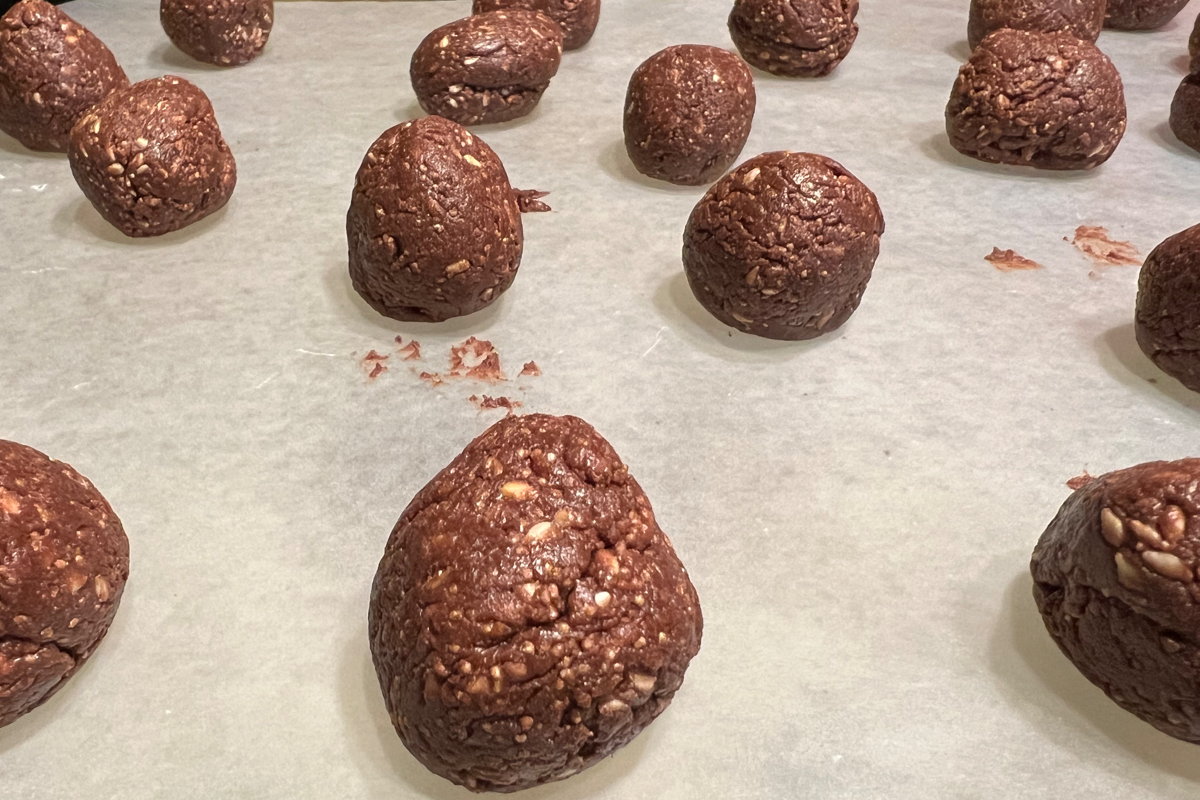
Carobou Droppings
Servings: 36
Preparation Time: 30 minutes
El Molino Best (PDF File, 22.7 MB)
Ingredients
- ⅔ cup carob powder
- ½ cup heavy cream
- ½ cup honey
- 1 tsp vanilla
- 2 tbsp almond flour
- 1 cup powdered milk
- 1 cup toasted sesame
Steps
- Mix ingredients in order.
- Add enough powdered milk to thicken for rolling into balls.
- Add the toasted sesame seeds and mix well.
- Roll into balls.
I left them out to dry (it is very dry in Hill Country Texas in the winter) overnight, and, also, later that evening, smashed some of them into discs. They’re probably, at least at the thickness I had them, better as candy balls, because they don’t dry completely like other unbaked candies. Probably because they’re not cooked.
While it’s a completely unappetizing color, this was good in a way that chocolate isn’t. I specifically chose the sesame seeds to match the carob flavor, and would probably have chosen something like hazelnut if I’d made these with cocoa. I would not have used honey as the sweetener with cocoa, because the two flavors would interfere.
Some of the sections in this book are fascinating. There’s an entire section for cooking with gluten. Not just for adding to breads to make them rise, but for making steaks, and gravy, and chow mein. There’s a recipe for “gluten patties” that has equal amounts brown rice and gluten. Was gluten-based cooking really a thing? Ethel B. Spear sure seemed to think so! But I suspect that Spear’s gluten flour is not our modern vital wheat gluten flour.
Spear was not just someone who sent in a recipe. She was a locally-known health food cook, and taught “Her Famous Home Maker’s Health Kitchen” sponsored by Valley Electric of Pomona4, Budget Ranch Market of Pomona, Loma Linda Food Co. of Arlington, and, of course, El Molino Mills of Alhambra.
Judging from online searches, it appears that nowadays “gluten flour” and “vital wheat gluten” are two terms for the same thing. But in this pamphlet, I’m pretty sure they do not mean the same thing. They occasionally refer to Gluten Flour as “pure Gluten Flour”.
GLUTEN FLOUR—is a low starch flour made by washing the starch from high-protein wheat flour. The gluten is dried and ground. (Note recipe in gluten section for preparing gluten from whole wheat flour.) When using gluten flour, more soya, rye or other specialty flours can be used in baking breads, hotcakes, etc. Excellent for gravies.
For example, here’s their recipe for “Gluten Sesame Thins”:
Gluten Sesame Thins
Servings: 24
Preparation Time: 45 minutes
El Molino Best (PDF File, 22.7 MB)
Ingredients
- 1 cup El Molino Gluten Flour
- ¼ cup El Molino Soya Flour
- ¼ cup El Molino Wheat Germ
- 3 tbs oil
- ½ tsp salt
- El Molino Hulled Sesame Seeds
Steps
- Mix well with 6 Tbs water.
- Form into firm ball and roll very thin on floured board.
- Sprinkle generously with sesame seed. Roll seed into dough well.
- Score dough in a diagonal pattern (for diamond shaped crackers) with a knife or pastry wheel.
- Lift to baking sheet.
- Bake at 425° for 10-12 minutes or until brown.
- Separate crackers after baking.
This was so strange I had to try it, and I tried it using modern wheat gluten. The first problem was that it took well over six tablespoons of water to make a firm ball. The second is that it’s pretty much impossible to roll wheat gluten “very thin”. That’s part of the purpose of gluten: it holds together. At about ⅓ inch it simply stopped flattening. Even pressing very hard just meant that the gluten went down with the rolling pin over it and came back up after the rolling pin passed.
After baking, it was the texture of old cardboard. It could be that I just don’t know how to roll this kind of mixture, or that I didn’t try hard enough. The edges, which were thinner and crunchier, were edible, if not flavorful. The rest of it was not. It was like cracker-shaped, dry, bubble gum. It was, how shall I say it… glutinous.
Yes, big surprise that something made out of gluten should be glutinous.
But, compare the above recipe to this recipe for “Wholewheat-Gluten Crackers” from Beatrice Trum Hunter’s 1972 Whole-Grain Baking Sampler•. Note that I’ve halved Trum’s recipe here to make the similarities obvious:
Wholewheat Gluten Crackers
Servings: 24
Preparation Time: 1 hour
Beatrice Trum Hunter
Whole-Grain Baking Sampler•
Ingredients
- 1 cup wholewheat flour
- ⅙ cup gluten flour
- ¼ cup wheat germ
- ⅙ cup oil
- ½ tsp sea salt or kelp
- ½ cup cold water (about)
Steps
- Combine all the ingredients, using only enough water to make a stiff dough.
- Knead for 5 minutes.
- Then roll out to ¼-inch thickness.
- Shape into crackers, and arrange on greased cooky sheets.
- Bake at 250° F. for 40 to 45 minutes.
Except for the sesame seeds on top, this is the same recipe. Even the oil translates to 2-⅔ tablespoons, very close to the three tablespoons of the El Molino recipe. And making up for it, Hunter’s recipe takes eight tablespoons water instead of six in the El Molino recipe—and that assumes you’ll need all eight tablespoons, which the instructions seem to assume you will not.
But where Hunter’s recipe calls for flour plus gluten flour, El Molino’s combines those two ingredients into a single “gluten flour”. I’m nearly certain that El Molino’s “gluten flour” is more flour than gluten.
Thus, when I made the oatmeal-sunflower gluten bread I chose to use less gluten, replacing some of it with whole wheat flour.
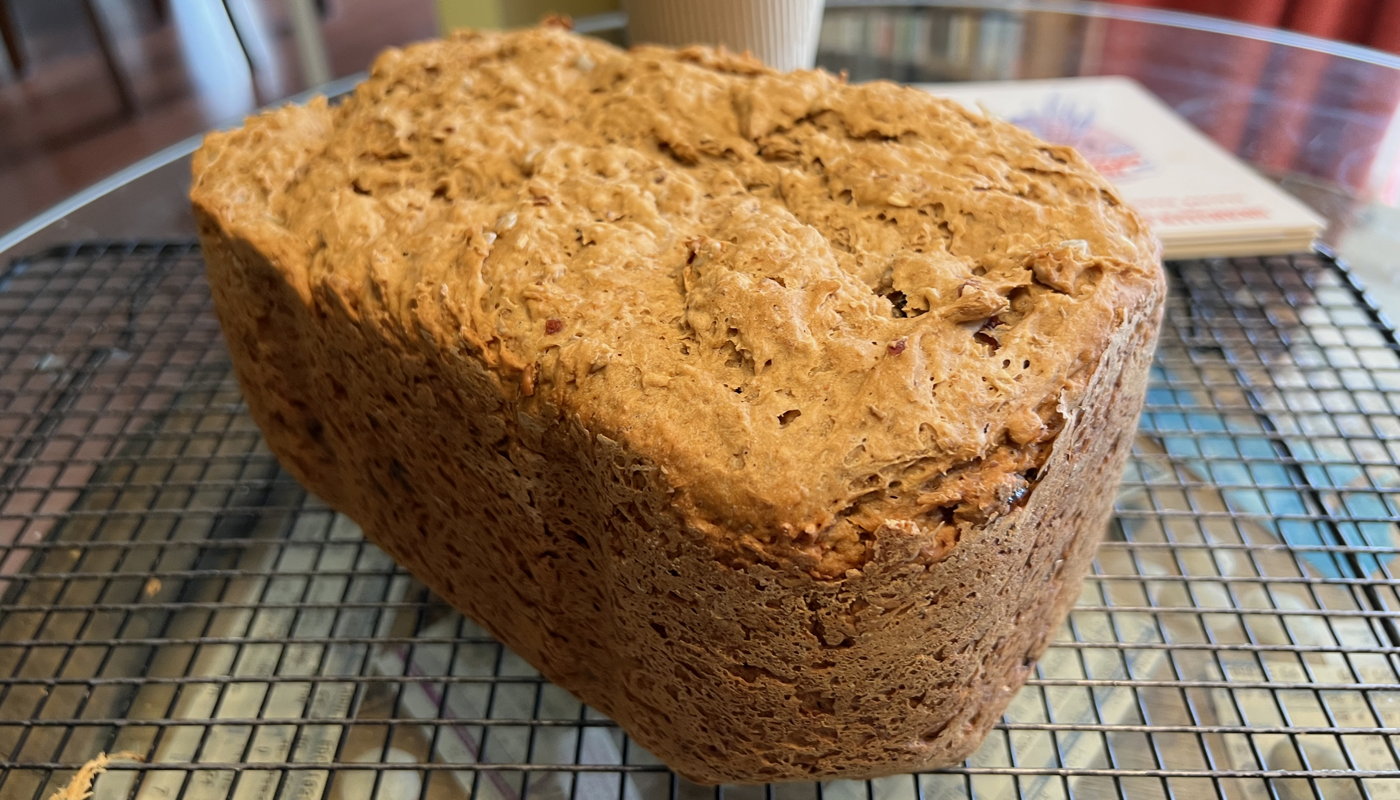
Oatmeal-Sunflower Bread
Servings: 12
Preparation Time: 4 hours
Ethel B. Spear
El Molino Best (PDF File, 22.7 MB)
Ingredients
- 1-⅓ cup oatmeal
- ⅓ tsp salt
- 1-⅓ cup boiling water
- ⅓ cup molasses
- 2 tsp oil
- ⅔ cup water
- ⅔ cup dried cranberries
- ½ cup sunflower seeds
- 3-⅓ cup flour
- ¼ cup whole wheat flour
- 1 tbsp gluten
- 4 tsp yeast
Steps
- Pour boiling water over oatmeal and salt and let stand for one hour.
- Add molasses, oil, and water to oatmeal and pour into bread pan.
- Add cranberries and sunflower seeds.
- Mix flour, whole wheat flour, and gluten and pour over the liquid.
- Add yeast to top of dry ingredients.
- Set the bread machine to a light, 2-lb loaf.
For all their love of gluten, they also have a lot of gluten-free recipes. When these recipes are great, they’re really great. The brown rice flour waffles are amazing. I’m not sure how healthy they are when I drench them in Log Cabin, but I don’t care. They’re a great choice for chicken-and-waffles. The brown rice flour muffins are also amazing. I don’t personally care about gluten-free, but I do care about amazing.
The carrot corn bread is a great California-style take on corn bread. The carrots provide a sweetness to the corn bread and a unique flavor on top of it.
The flaky pie crust is very nice. I used it with an apple pie from the Imperial Sugar Company’s Romantic Recipes. It’s darker than normal, of course, because it uses whole wheat flour. But it is light and, as advertised, flaky.
I’ve never had whole wheat cookies as good as the Oatmeal Sesame Cookies in this book. They are crispy, and they stay crispy. They crumble in the mouth and are great for dipping in milk. Not so much for tea: they crumble in tea, too.
As a bonus, while searching for information about El Molino Mills, I found an article by Byrd Weyler Kellogg in the January 29, 1956 Santa Rosa Press Democrat. Kellogg was the Press Democrat’s Food Editor.5 In that article, Kellogg reviewed a cookbook by Ellen and Vrest Orton, Cooking with Whole Grains, and included two recipes from the book. For a source of whole grains, she recommended El Molino Mills, which is the excuse I’m using to reproduce these recipes here. The real reason, however, is that the Green Mountain Hermits are amazing.6
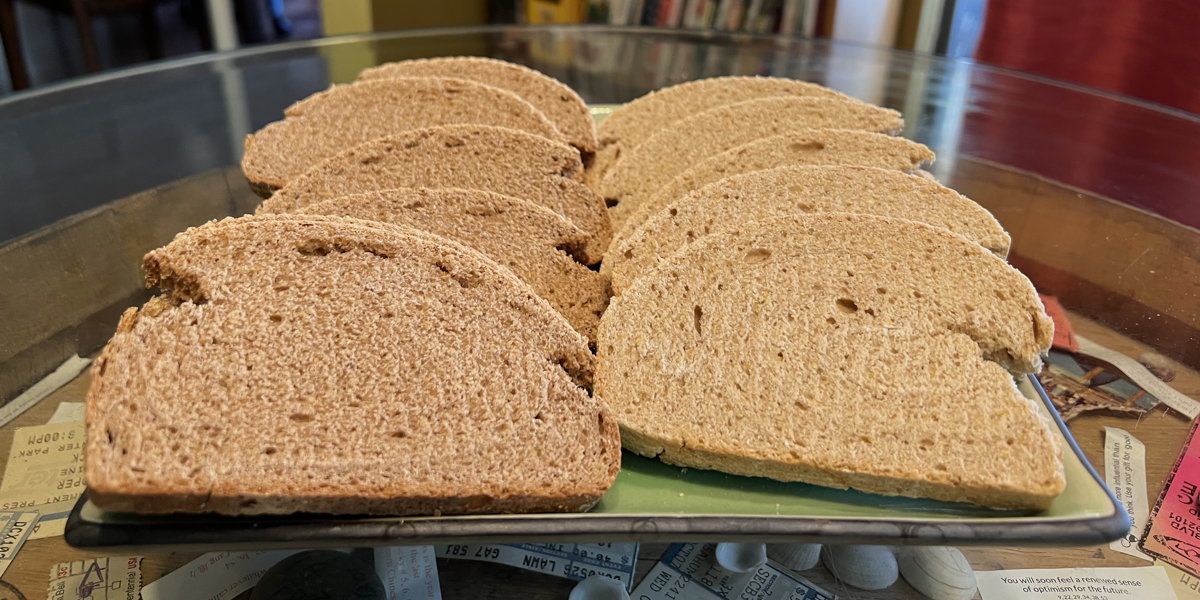
Salt-rising Bread
Servings: 2
Preparation Time: 16 hours
Mildred Ellen Orton
Cooking with Wholegrains (Internet Archive)
Ingredients
- Step 1
- 1 cup milk
- 1 tbsp brown sugar
- 1 tsp salt
- 7 tbsp corn meal
- Step 2
- 2 cups sifted whole wheat flour
- 2 cups lukewarm water
- 2 tbsp brown sugar
- 3 tbsp melted shortening
- Step 3
- 4-½ cups sifted whole wheat flour (about)
Steps
- Step 1
- Scald the milk.
- Add the brown sugar, cornmeal, and salt.
- Put in a covered jar and place in a dish of water as hot as the hand can bear.
- Keep in a warm place overnight. By morning the mixture should show fermentation and gas heard escaping.
- Step 2
- Add the sifted flour, water, brown sugar, and shortening.
- Beat thoroughly.
- Place in a dish of warm water again and let rise until light and full of bubbles.
- Step 3
- Add about 4-½ cups of sifted wheat flour, or enough to make a stiff dough.
- Knead for 10 or 11 minutes.
- Mold into loaves.
- Place in greased pans and let rise again until light.
- Bake 15 minutes at 425 degrees.
- Lower the temperature to 375 degrees and bake about 30 minutes longer.
Kellogg appears to have modified the Green Mountain Hermits: the Orton original calls for ½ cup butter and no lard rather than ¼ cup of each. It also calls for ⅓ cup nuts rather than the ½ cup that Kellogg’s recipe uses. While that isn’t a significant change, it is an interesting one. She doesn’t say why (or even that) she changed it, but I suspect it was either because lard was less expensive than butter, and/or because lard produces less dense cookies.
It’s also possible that this is how the recipe appeared in the original Cooking with Wholegrains, and that either the 1971 reprint, or the 2015 reprint I’ve linked to on the Internet Archive, removed the lard and reduced the nuts. Lard has become a lot more unfashionable than it was in 1951.
Seriously, though, these corn meal, flourless, cookies are amazing. I used walnuts as the nuts. I’ve also added an estimate for how long the hermits need to bake; Kellogg’s instructions just said to bake “until done”. It’s likely that different grindings of corn meal will take significantly different times to complete.
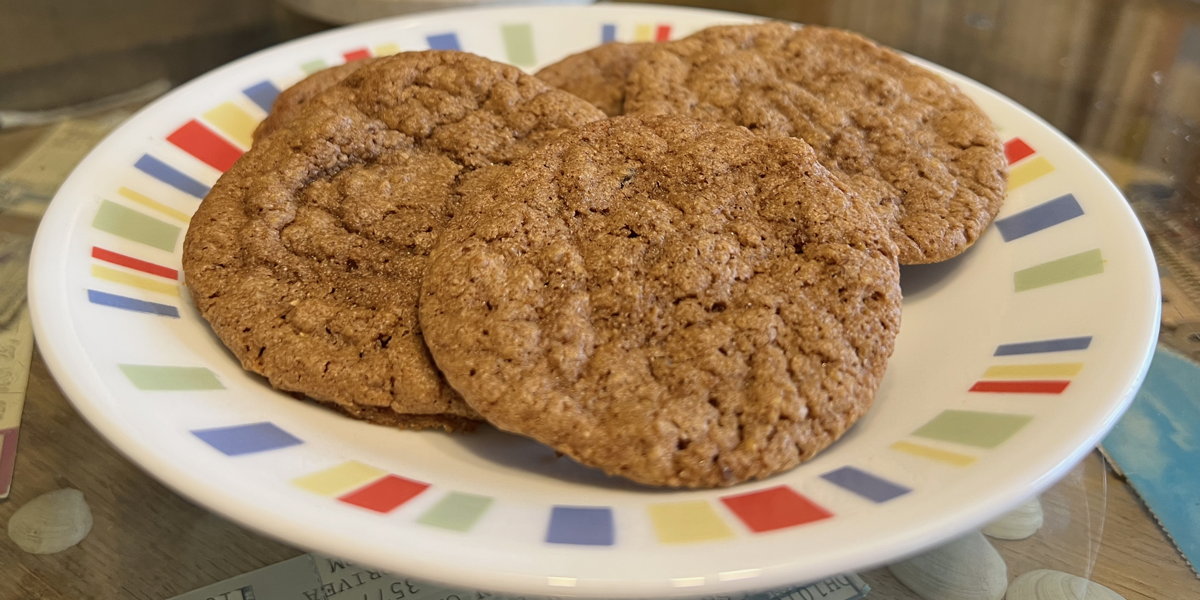
Green Mountain Hermits
Servings: 48
Preparation Time: 30 minutes
Byrd Weyler Kellogg and Mildred Ellen Orton
Cooking with Wholegrains (Internet Archive)
Ingredients
- 2 cups corn meal
- ¼ cup butter
- ¼ cup lard
- 1-½ cups brown sugar
- 2 eggs, beaten
- ½ tsp soda
- ¾ tsp salt
- 1 tsp cinnamon
- ¼ tsp cloves
- ½ cup chopped nuts
Steps
- Cream butter and lard together.
- Add brown sugar by the tablespoon.
- Add the eggs and beat well.
- Combine dry ingredients with the chopped nuts and add to first mixture, beating well.
- Drop by teaspoonfuls on greased pan.
- Bake at 375 degrees until done, about 7-9 minutes.
“Cookies like these can’t hurt the children, even if they raid the cookie jar and eat their fill,” she writes. I’m not so sure. Give kids permission to “raid the cookie jar and eat their fill” and they’ll eat them all. I couldn’t stop until they were gone.
The rest of the recipes that I made, which you can see in the photos, I made as they appear in El Molino’s Best (PDF File, 22.7 MB), with the exception that I always substituted normal whole wheat flour for whole wheat pastry flour. I don’t keep pastry flour on hand.
Take a trip back to the whole grain movement of the fifties, and enjoy this amazing old-school whole grain cookbook!
In response to Vintage Cookbooks and Recipes: I have a couple of vintage cookbooks queued up to go online.
The Pomona, California, Bulletin, March 4, 1926, page 3, “Southland Building Notes”.
↑Los Angeles Independent, April 30, 1959, page 23, “Mrs. Eva Maloney Speaks To Gardeners”.
↑Find it in the Chicago Suburbanite Economist, September 5, 1974, page 8, “Natural nutrition for teens”.
↑Electric companies often promoted cooking shows in the fifties, because it also promoted electricity use.
↑Byrd Weyler Kellogg appears to have been at least a minor name in the Sonoma County area. The Sonoma County Library maintains a Byrd Weyler Kellogg papers collection, though it only covers the years 1918-1941.
↑Kellogg forgot to include the amounts for the milk, sugar, salt, and cornmeal in the starter in the salt-rising bread recipe. I found the missing ingredients on page 20 of Cooking with Whole Grains.
↑
Download
- El Molino Best (PDF File, 22.7 MB)
- A 1953 collection of recipes from El Molino Mills, of Alhambra, California.
- A golden harvest of sunflower seeds
- Golden Harvest Sunflower Seed Recipes is a fascinating bit of ephemera from the seventies and the tail end of the era of regional whole grain mills.
cooks
- Byrd Weyler Kellogg papers
- “Radio program transcripts; ‘We the women’ daily column; misc. newspaper clippings; screenplays; short stories; and poems, and miscellaneous personal effects.”
- Glen & Friends Cooking: Glen Powell
- “We are food people… We grow our own gardens, we pickle, we make jam, we start with base ingredients… FOOD!”
Texas
- Adams Extract
- “Adams traces its beginnings back to Battle Creek, Michigan, when John A. Adams began making and selling his Green Plant Sarsaparilla extract, Adamur, in 1888. In 1905, he moved his family to Beeville, TX.”
- Imperial Sugar
- “Sweet things happen when families are together in the kitchen. That's why for generations, Texas families have baked with love and Imperial Sugar. When it comes to treasured family traditions, Imperial Sugar tastes like home.”
- Review: Romantic Recipes of the Old South and the Great Southwest: Jerry Stratton at Jerry@Goodreads
- The “Old South” is as late as Adlai Ewing Stevenson in the 1890s. Collected by the Daughters of the American Revolution, many favorite recipes of old politicians and military figures, from President Lincoln to Herschell Johnson. Because “the quickest way to a man’s stomach is pie.”
whole grains
- Cooking with Wholegrains: Mildred Ellen Orton and Vrest Orton at Internet Archive (ebook)
- A 1951 whole-grain cookbook from Vermont.
- Whole-Grain Baking Sampler• (paperback)
- This marvelous book contains recipes for a variety of breadstuffs: breads, rolls, biscuits, cookies, bars, and other sticky things. Most of them use whole grains (obviously) and are fairly easy to make.
More baking
- Club recipe archive
- Every Sunday, the Padgett Sunday Supper Club features one special recipe. These are the recipes that have been featured on past Sundays.
- Three from the Baker’s Dozen
- Three recipes from a Baker’s Coconut pamphlet once included in McCall’s magazine: coconut squares, chocolate cheesecake, and broiled coconut topping.
- Padgett Sunday Supper Club
- Dedicated to the preservation of vintage recipes.
More fifties
- Looking back over 1950 in vintage cooking
- While I didn’t make my goal of trying a recipe every month in the month it was meant for, following this calendar through 2023 was an interesting experience and provided some very good food.
- Something fishy in the state of Wisconsin
- Fish soup, fish salad, and fish gelatin. These are very fifties recipes—for better and for worse. Very worse.
- 1950 Cherry Pudding Dessert
- A vanilla-almond custard covered with a thick cherry sauce, from a 1950 recipe calendar.
- January birthday veal from 1950
- The Veal Rolls from the 1950 recipe calendar of Hope Lutheran Church in Chicago.
- A 1950 recipe calendar for 2023
- In October, a friend gave me this cool calendar of recipes from 1950. It turns out, 1950 is the same as 2023, right down to the date of Easter. Print it out and hang it if you wish, and happy New Year!
More food history
- Vintage cookbook reproductions, and gold cakes compared fifty years apart
- I’m going to start producing facsimiles of some of the vintage cookbooks I’m covering here, because some of them are wonderful, and also because it’s easier to read them in a larger format.
- Rumford Recipes Sliding Cookbooks
- One of the most interesting experiments in early twentieth century promotional baking pamphlets is this pair of sliding recipe cards from Rumford.
- Aunt Jenny’s Old-Fashioned Christmas Cookies
- Spry shortening’s 1952 Christmas cookie book was one of many by which they attempted to compete with Crisco.
- Tempt Them with Tastier Foods: Second Printing
- The second printing of Tempt Them with Tastier Foods contains several newly-discovered Eddie Doucette recipes, as well as an interview with the chef’s son, Eddie Doucette III.
- A Centennial Meal for the Sestercentennial
- How did Americans in 1876 celebrate the centennial culinarily? Some of their recipes are surprisingly modern, and some are unique flavors worthy of resurrecting.
- 14 more pages with the topic food history, and other related pages

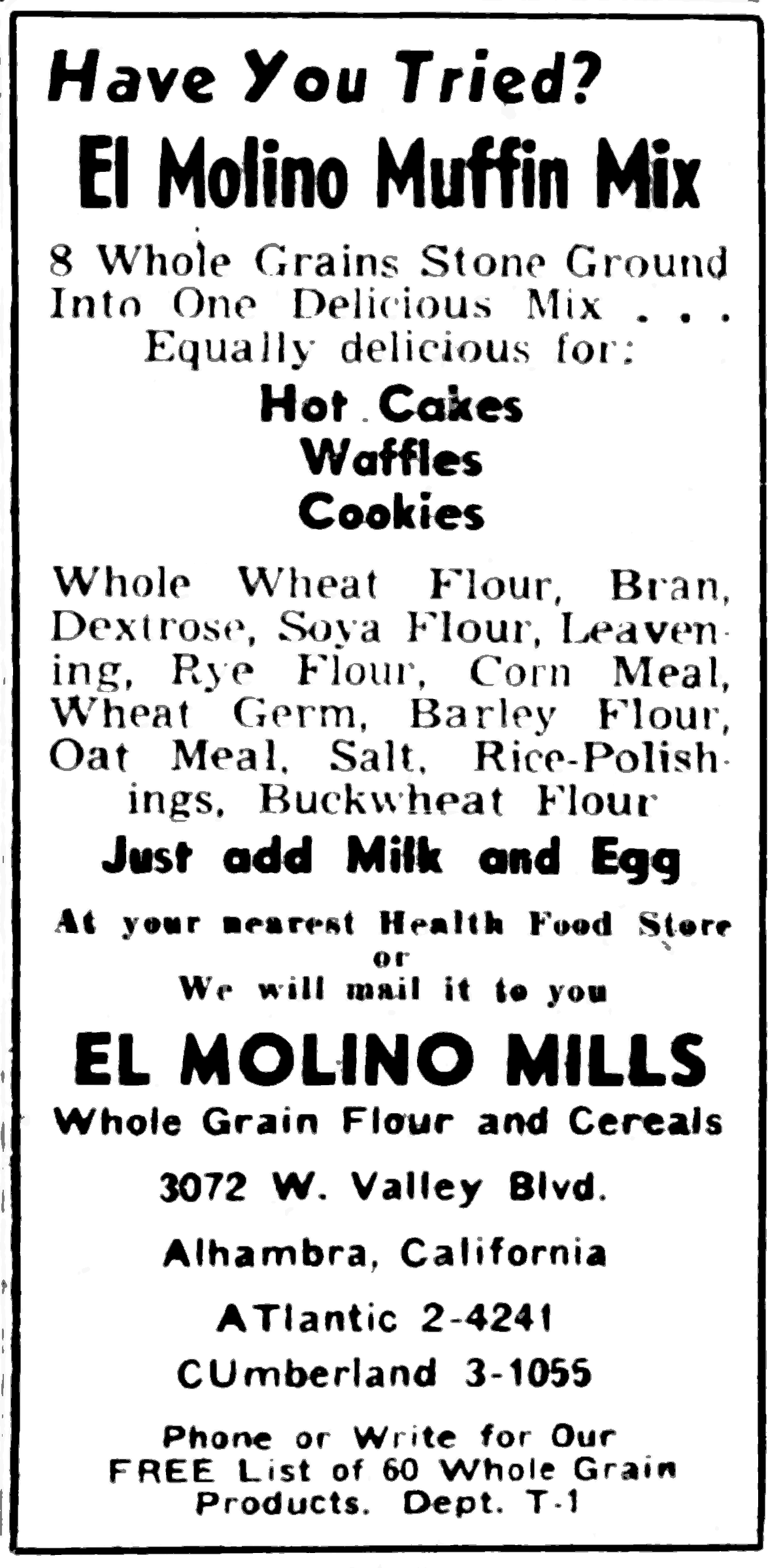
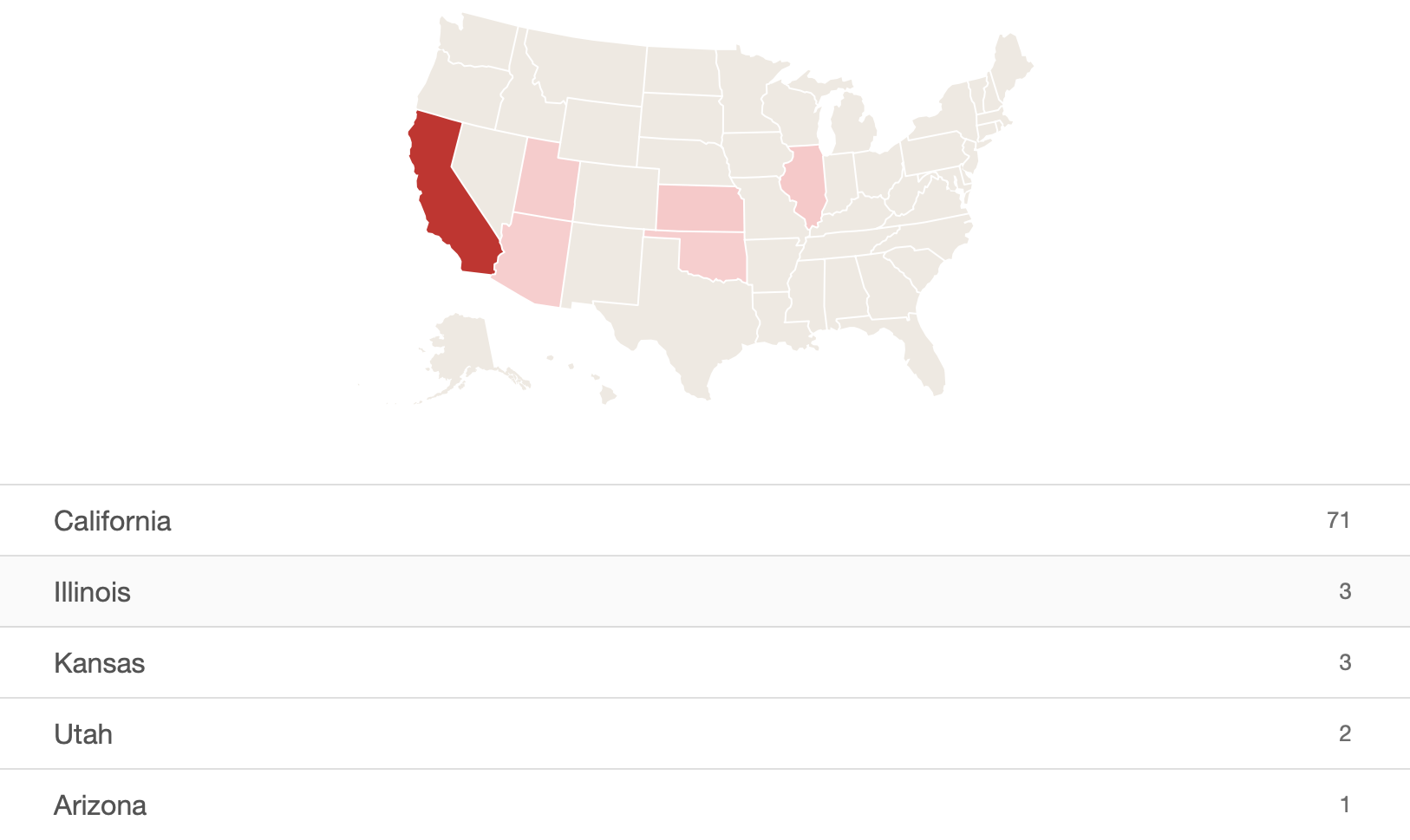
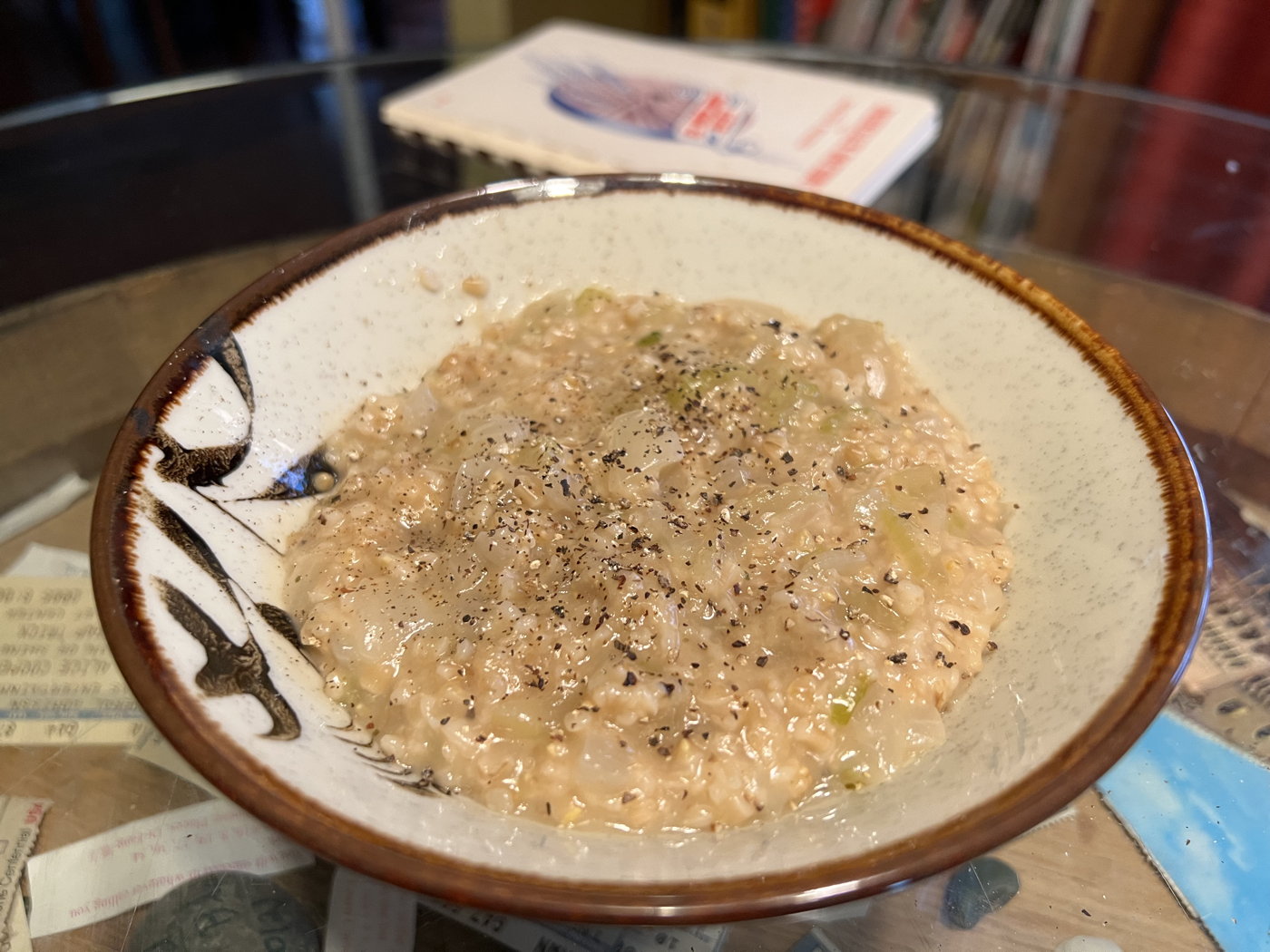
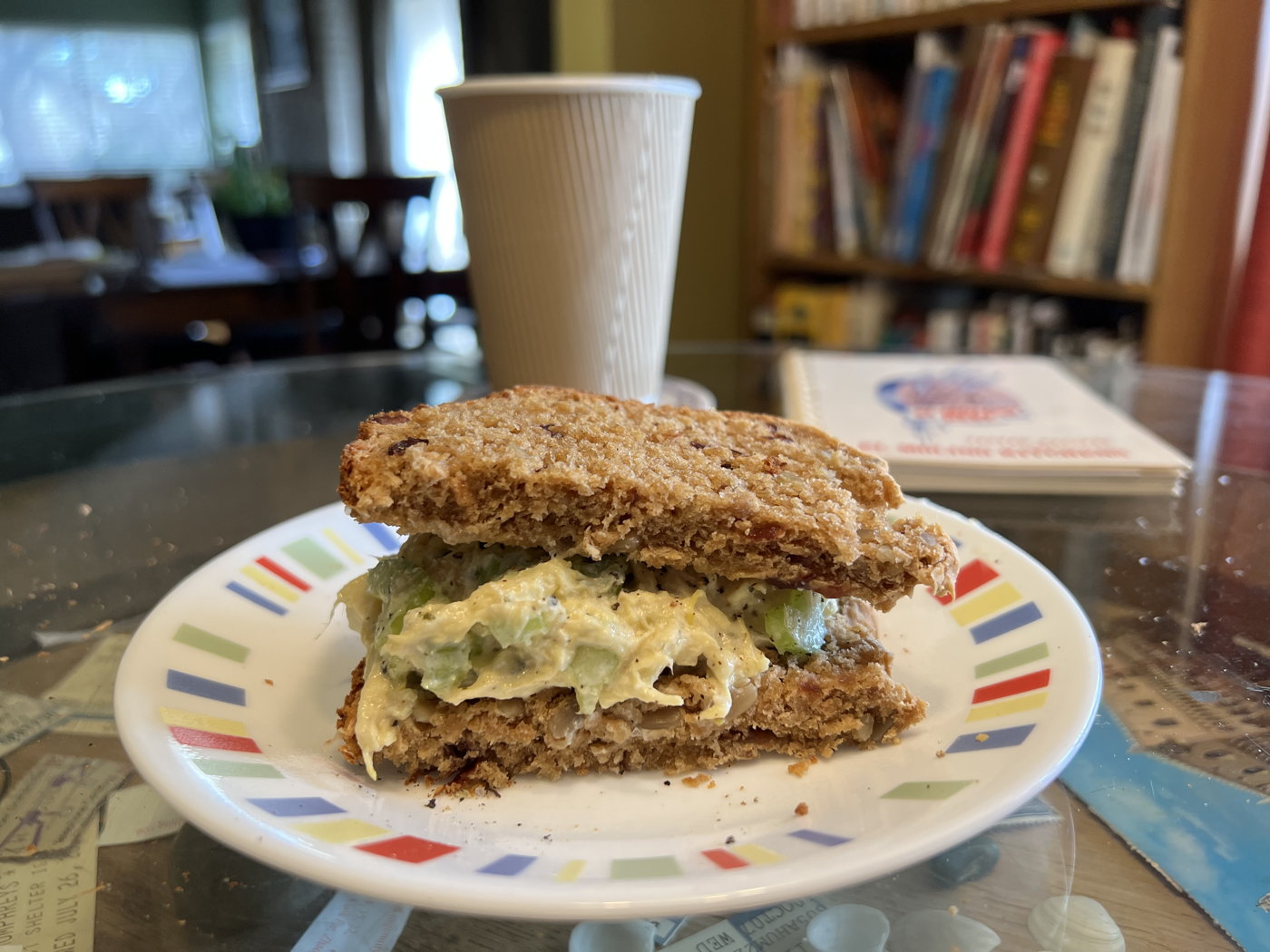
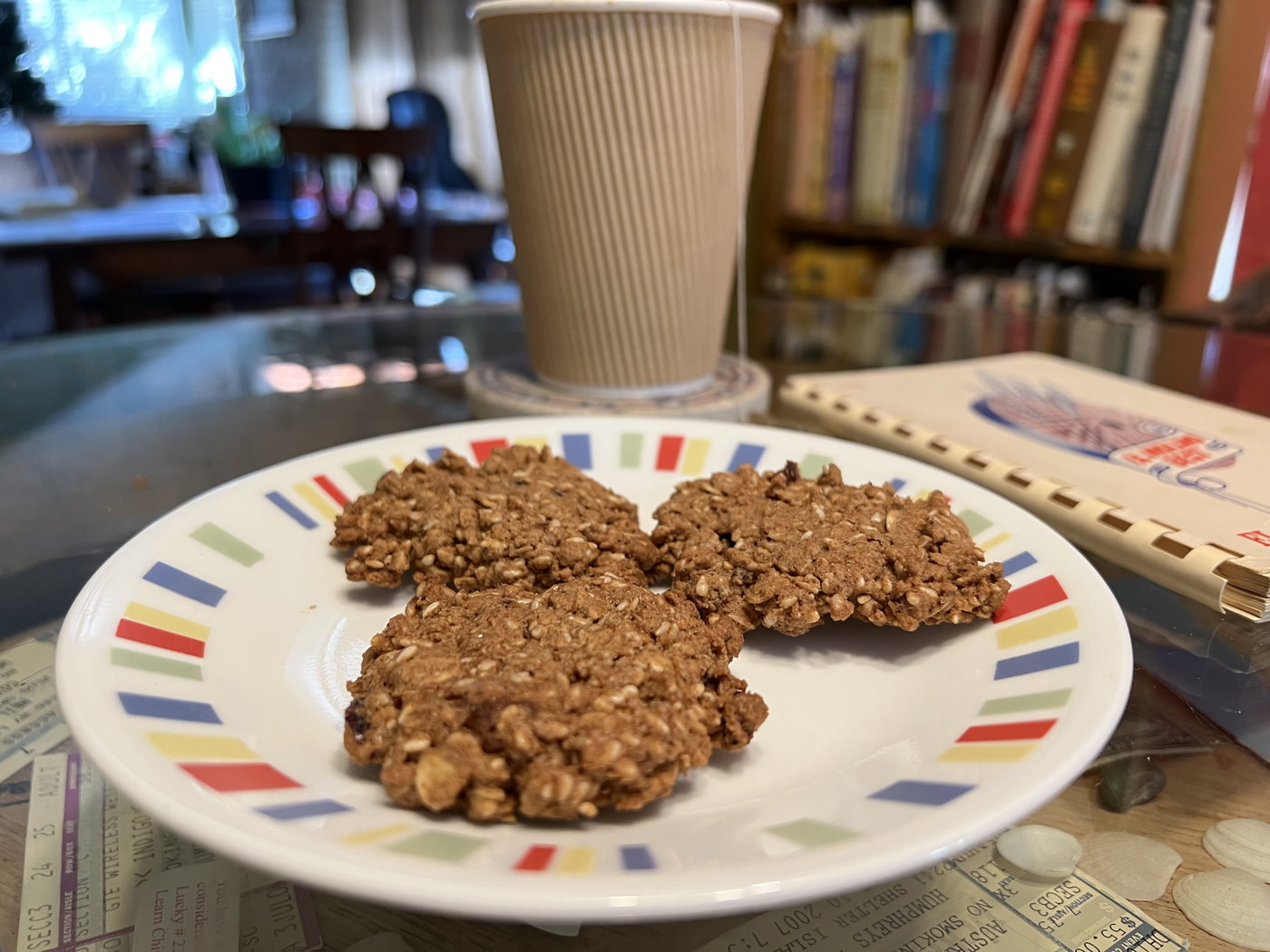
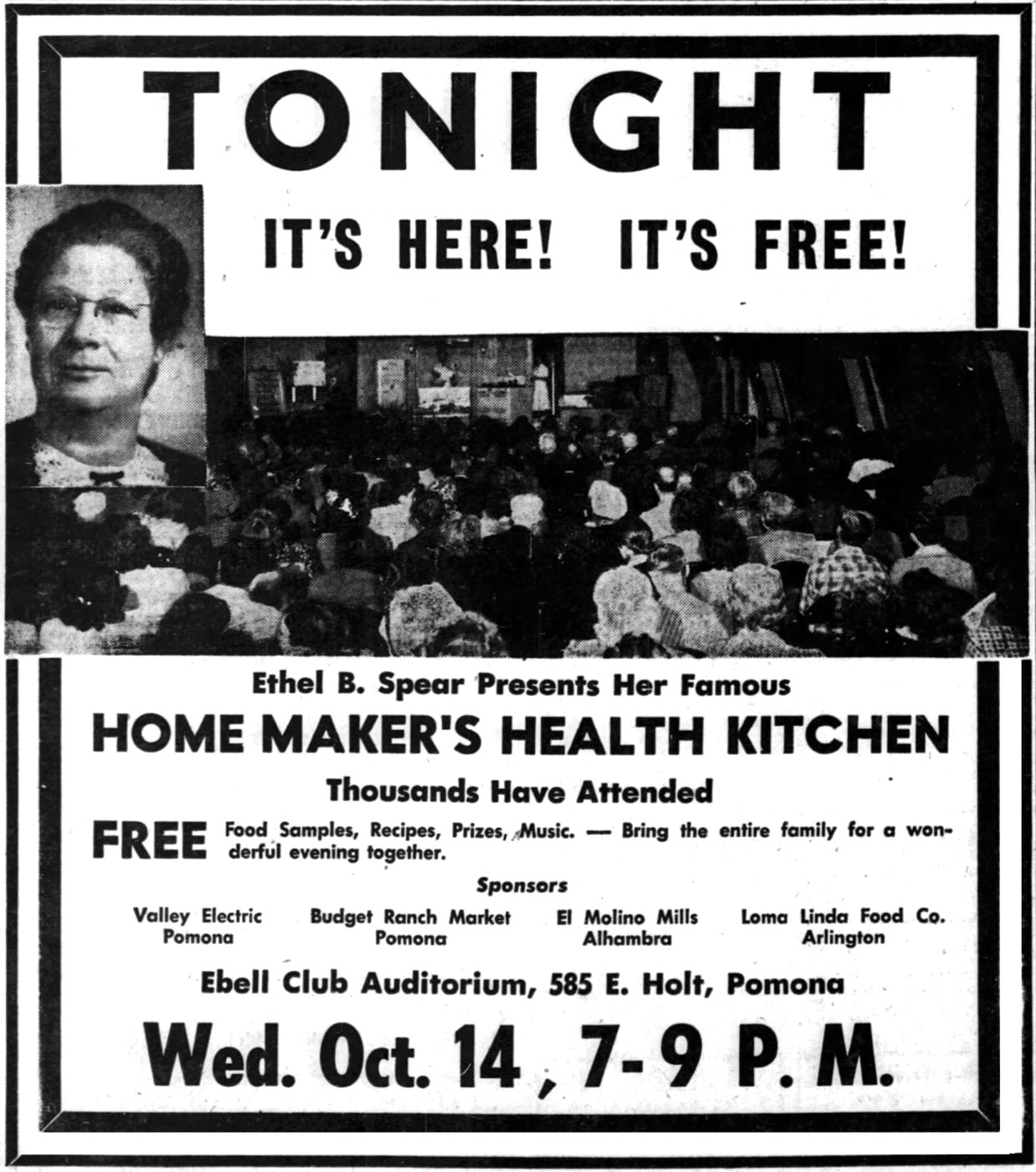
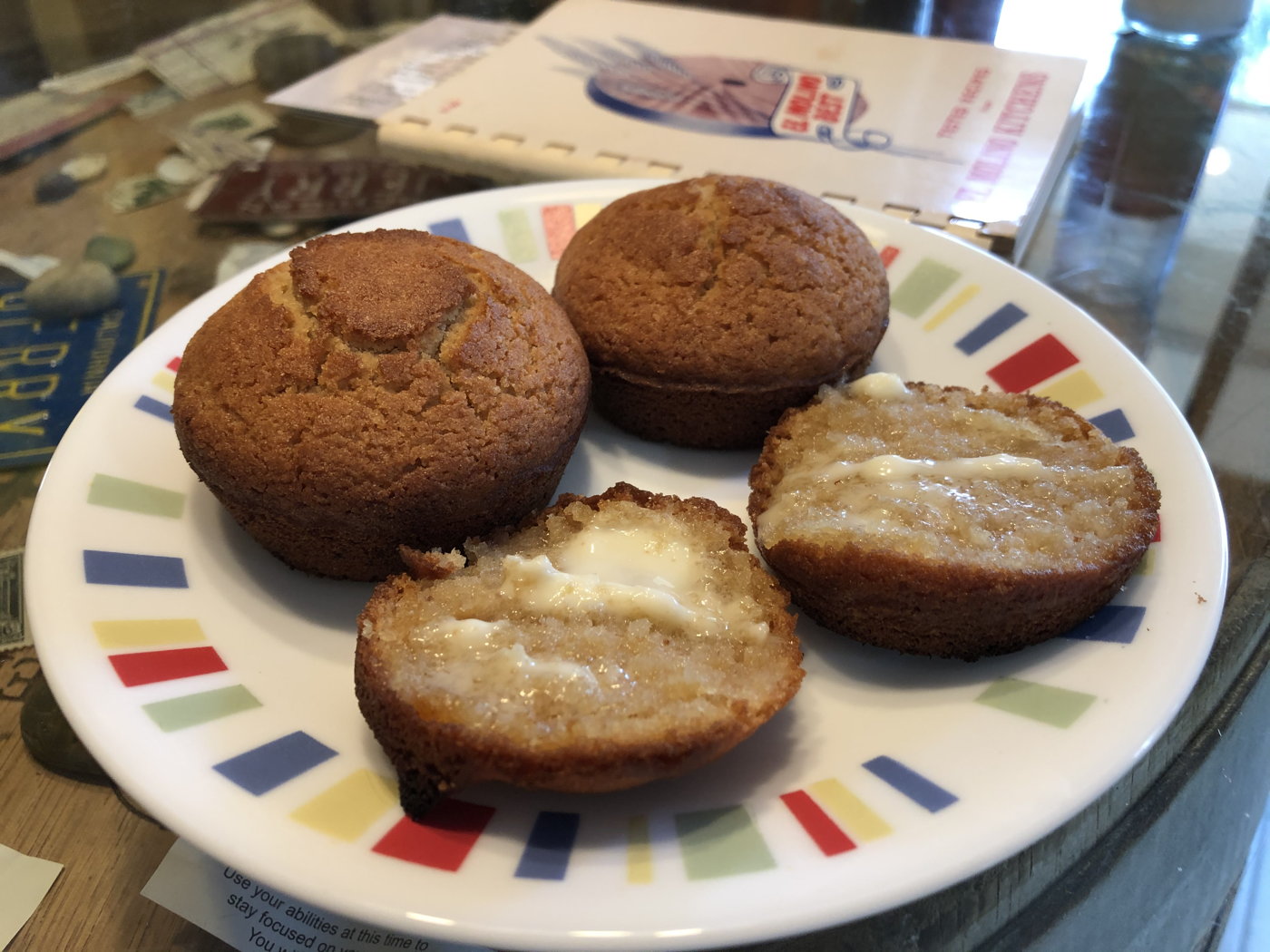
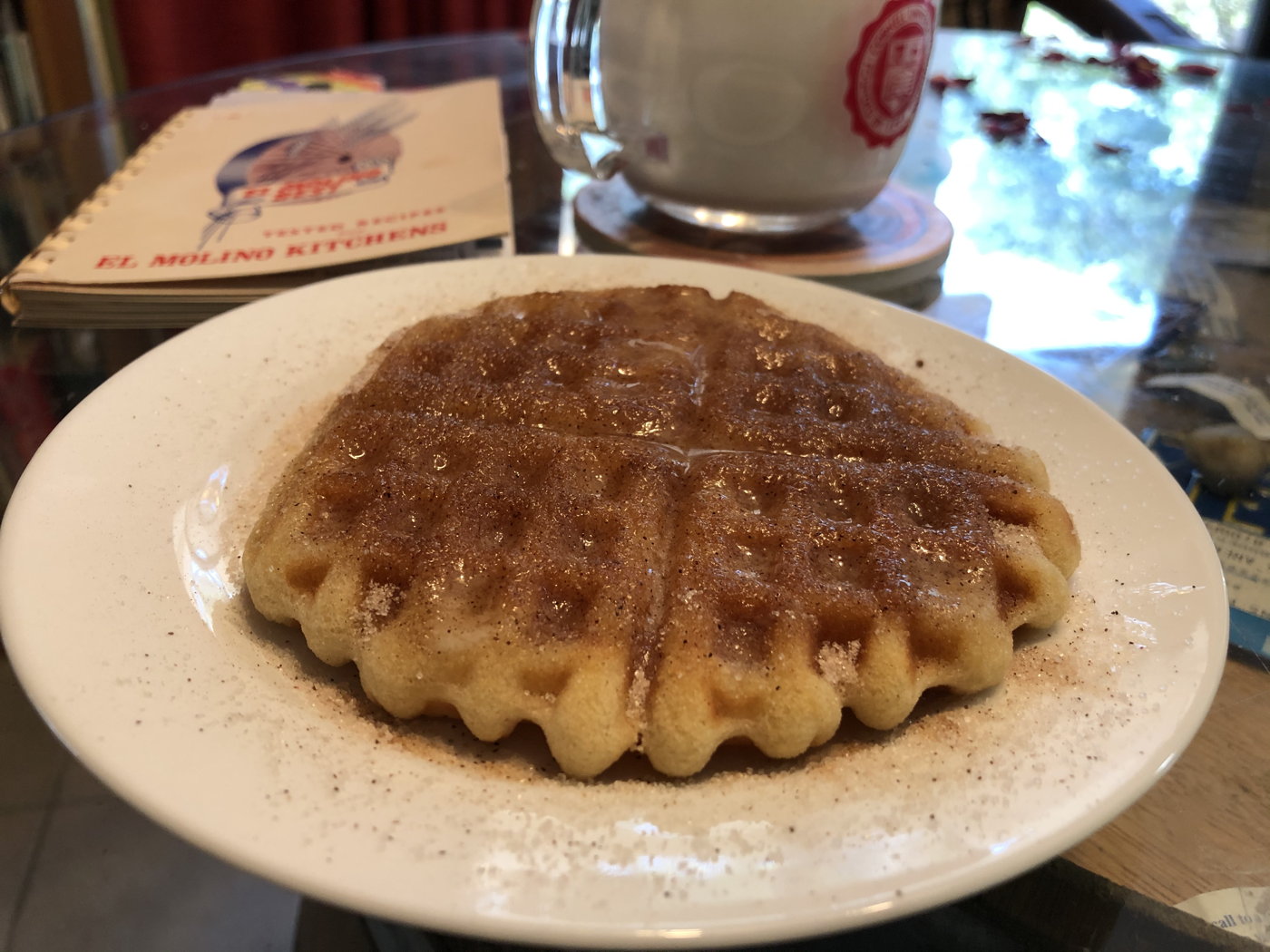
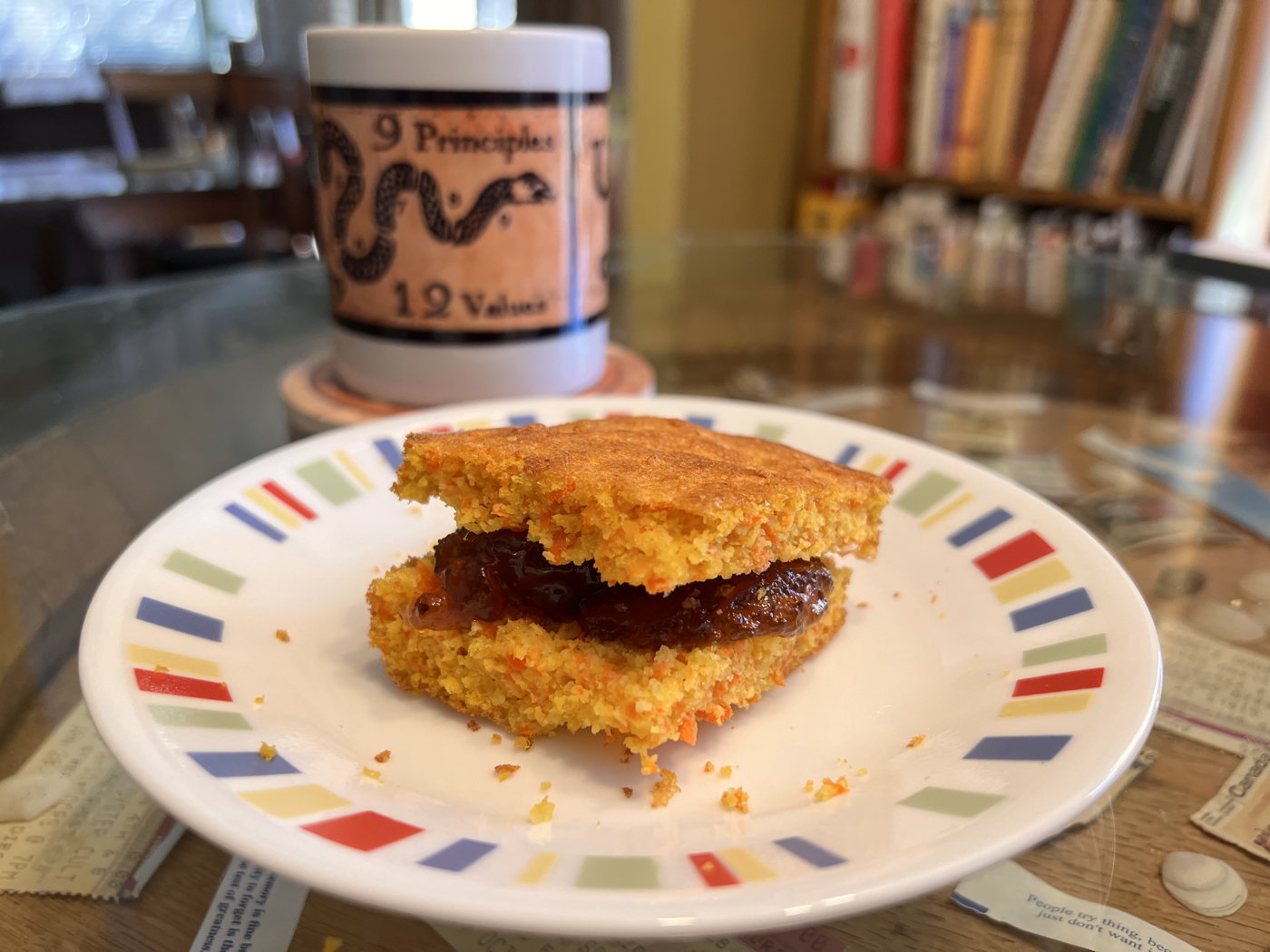

Just found my folks copy of El Molino Best while going through keepsakes. My parents were involved in the health food movement of the 1960’s and opened a health food store back then. I remember the El Molino products in the store. My dad was a baker and I imagine him pursuing the little cookbook. He did bake a gluten loaf which was made with gluten flour and was very delicious. I wonder if it was inspired by this book. Thank you for the information about the company and refreshing my now ancient memories.
Katara in Eureka, California at 2:42 p.m. May 3rd, 2024
6bTCS
Thanks for your article on the El Molina company Growing up in Los Angeles in the 1950's and 60's, my Mom made a 7 grain cereal from El Molina for my breakfast. I was a picky eater, but enjoyed this cereal. I was starting to think I had mis-remembered the name of the company; turns out I was right. Sad to see that it is now gone. I have tried other whole grain hot cereals, and none taste as good as the El Molina of my memory.
Melanie d'Avis
So. Hamilton, Massachusetts
Melanie Davis at 1:37 p.m. June 30th, 2024
WM2yZ